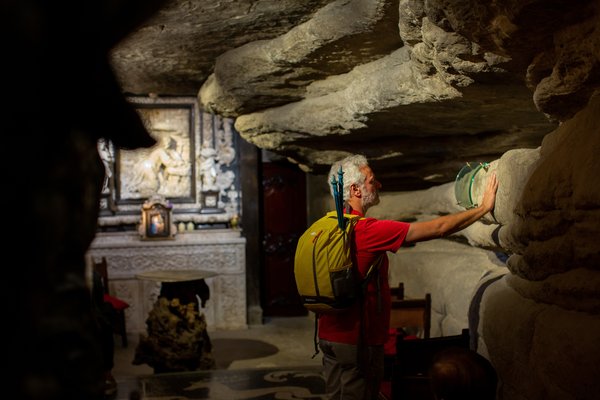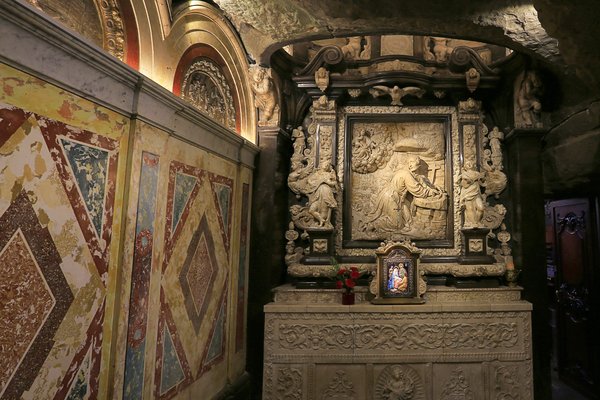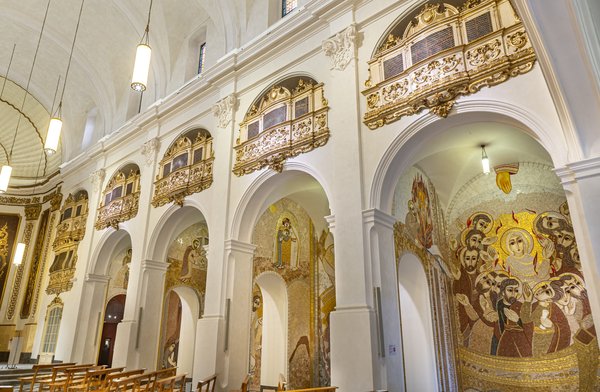Cave of Saint Ignatius: spirituality on the banks of the Cardener
A key space in the personal transformation of Saint Ignatius of Loyola and the birthplace of the Spiritual Exercises, the Cave is today a world reference for silence, prayer and reflection.

The Cave of Saint Ignatius is much more than a spiritual space; it is a symbol of inner transformation and a universal reference point of the Ignatian tradition. In this place, Saint Ignatius of Loyola spent eleven months in 1522, after leaving Montserrat, seeking a life of prayer, silence and discernment. His stay in Manresa —and especially in the cave, an old cave on the Cardener River— would be key in the writing of his most influential book: the Spiritual Exercises.
Over the years, that simple natural space has become a monumental sanctuary that combines art, spirituality and nature. The Cova complex is divided into two large areas: the Sanctuary, with its baroque ornamentation and contemporary mosaics, and the International Center for Ignatian Spirituality, which hosts training and spiritual retreats for people from all over the world.
The Avantcova, which gives access to the Coveta, is a gallery decorated with stained glass windows, bronze reliefs and mosaics that evoke the life of the Saint and his work. Inside the Coveta, the alabaster altarpiece by Joan Grau stands out, which represents Saint Ignatius writing the Exercises.
Located on the hill of Sant Bartomeu, the Cave offers a privileged view of the Cardener River and Montserrat, and is part of the Ignatian Way, an international pilgrimage route. A visit to this space is a unique experience where landscape, architecture and silence merge to offer an open door to contemplation.

The spiritual heart of Manresa
La Cova is much more than a religious space. It is a place of inner connection and search for meaning, rooted in the Ignatian experience and open to all people seeking a time of pause and depth.


